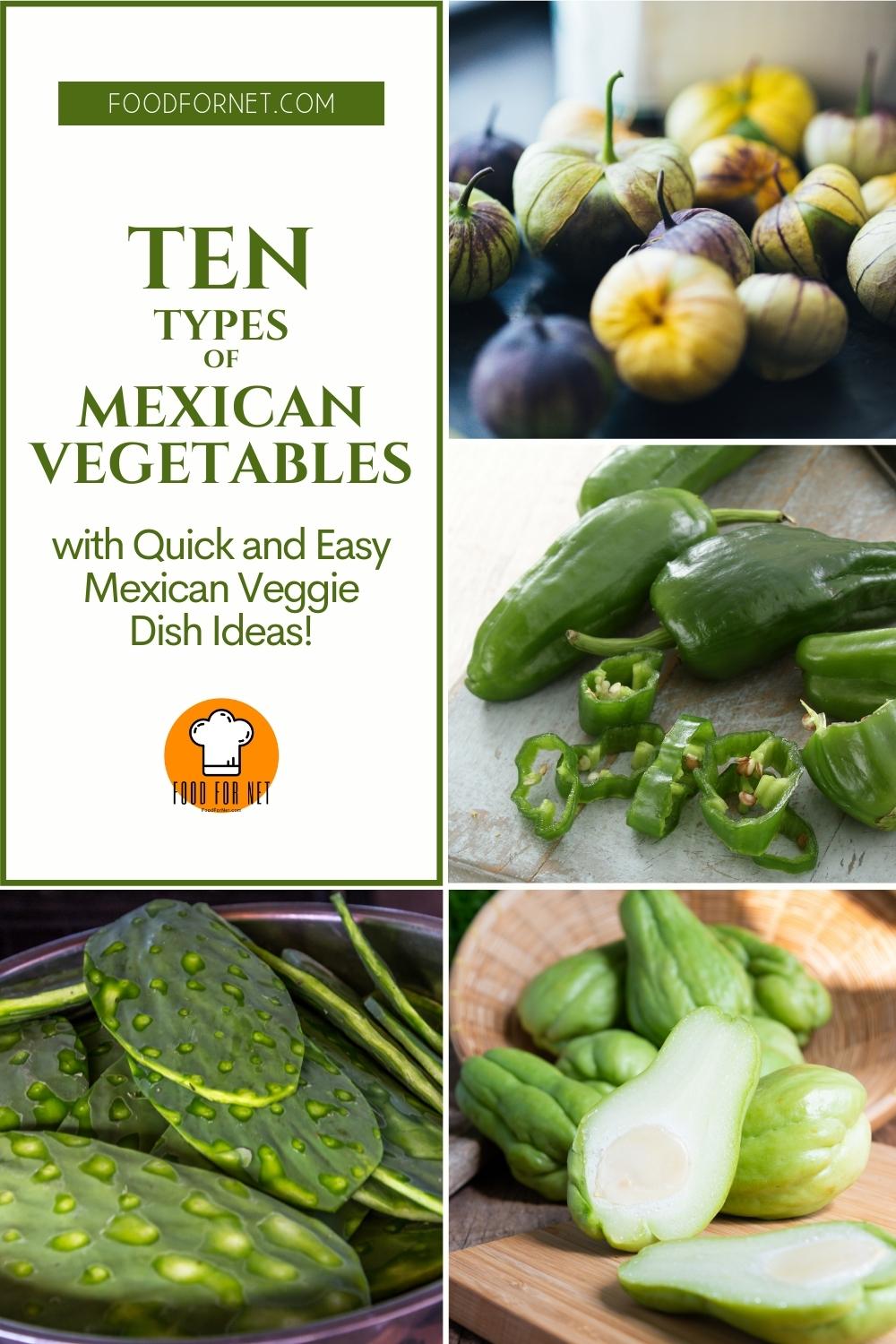
Whenever you hear Mexican food, you instantly think of amazing tacos, enchiladas, chilaquiles, huevos rancheros, tamales, barbacoa, and many other fried meats, plus chips, tortillas, and other corn products. What you might not know, is that there are many types of Mexican vegetables that make uniquely Mexican dishes you may not be familiar with!! Who doesn’t like tacos, right? You also have chilis, quesadillas, chilaquiles, huevos rancheros, tamales, barbacoa, and so much more.
You might be thinking that all Mexican food is spicy, or supposed to be spicy (they do have 64 different kinds of peppers there!) – but don’t mistake spicy as being necessarily hot here. Because, although most dishes are spicy, it’s not always hot to the taste. They simply know how to work with different spices to make their dishes more flavorful.
So even if they use a lot of chilis or pepper in their cooking, the dishes are not painfully spicy – with the exception of course of really hot dishes that even them considered to be up there among the hottest in the world. That said, Mexican cuisine is known for its distinct blend of spices and seasonings and vibrant colors that makes their dishes really appetizing.
Some of the more common veggies you’ll find in many Mexican dishes are zucchini, corn, potatoes, spinach, mushrooms, tomatoes, and of course chilis – in fact, green chili is the most consumed vegetable in Mexico in 2019. Veggies aside from being an important ingredient in many Mexican stews, sauces, and garnishes, are also eaten as snacks! Suffice to say, Mexicans do love their vegetables.
There are a lot of types of Mexican vegetables out there that you may not be familiar with or perhaps familiar with but are not aware of, that such veggies are native or sometimes even endemic to Mexico. Here is a list of Mexican vegetables that you can start adding (if you haven’t yet!) to your healthy diet. See also a few really delicious Mexican vegetable dishes at the end of the list.
Types of Mexican Vegetables (With Pictures)
Avocado

Avocado, avocado pear, or alligator pear, is botanically a large berry with a single large seed. And Mexico is indeed the largest avocado-growing country and the world’s largest producer. It has a rather subtle flavor with an earthy, nutty, grassy, and buttery taste.
It is known for being a good source of good fat, monounsaturated fats that help with cholesterol levels. Avocado is also a good source of vitamins C, B6, E, and K. It also contains niacin, riboflavin, folate, pantothenic acid, magnesium, and potassium. It’s also rich in antioxidants like lutein and beta carotene. It’s good for lowering blood pressure, aiding weight loss, and supporting the heart and cardiovascular system.
Also, on a side note, did you know avocados can be frozen? Truly. Their texture does change in the process, but the avocados are still useful in many situations (particularly smoothies!).
Chayote

Chayote, mirliton, sosety, chocko, or pimpinela, is actually a type of squash that belongs to the gourd family Cucurbitaceae. So, it’s a close relative to squash, snake gourd, bur cucumber, and loofah to name a few. It has a mild taste, a cross between apple and cucumber, with a texture that is similar to jicama.
It’s a good source of fiber and folate. It also contains vitamin C, B6, E, and K, pantothenic acid, riboflavin, niacin, thiamine, manganese, copper, potassium, zinc, and magnesium. It helps in boosting digestive health and maintaining weight. Its polyphenols contents have antiallergic, anti-viral, anti-inflammatory, and anticarcinogenic, and hypoglycemic properties.
Corn
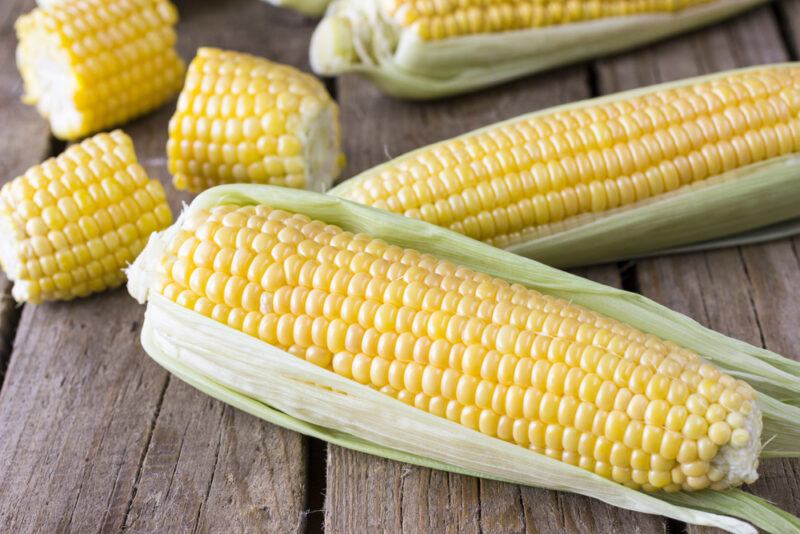
Corn, also called maize, is a staple food not just in Mexico but in many other parts of the world as well. In fact, it’s also one of the most popular vegetables in the US. It has a somewhat sweet taste with a soft and buttery flavor. It also has that creamy texture after a juicy crunchy bite – that is of course if you didn’t over-cooked them.
Corn is rich in vitamin C and is also a good source of carotenoids like lutein and zeaxanthin (these are also found in other yellow vegetables). It also contains small amounts of vitamins B, E, K, magnesium, and potassium. Corn is good for eye health. Its fiber content helps in supporting the digestive system while its antioxidant content helps in protecting the body from cell damage that reduces the risk of certain diseases. Keep in mind though that corn is also a starchy vegetable and has sugar and carbohydrates that can raise blood sugar levels.
Jalapeno
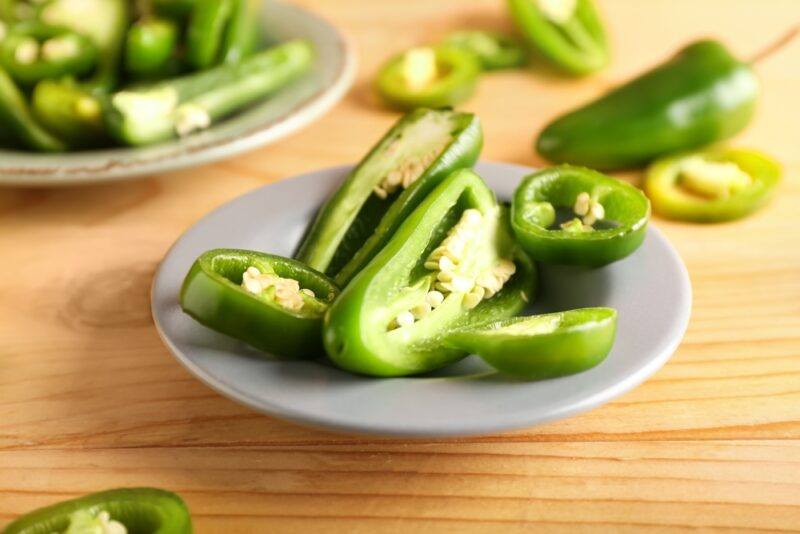
Jalapeno is a medium-sized hot pepper, about 2-3.5 inches in average length. They measure 2,500 up to 8,000 on the Scoville scale and come in different colors – red being the hottest, green the mildest, and yellow and orange in between the first two.
Jalapeno, aside from its fiber content also contains vitamins C and B6. It also contains small amounts of vitamin A, vitamin K, folate, and manganese. Its capsaicin content, which is what makes peppers spicy, contributes to its many health benefits. For one, jalapeno is great for fighting infections and cell damage, boosting the immunity system, aiding weight loss, and may even help in keeping your heart healthy.
Jicama

Jicama, also called Mexican yam bean or Mexican turnip, is one of the root vegetables that particularly looks thick with brown skin that resembles a potato. It’s actually shaped like a large turnip. It has a white flesh that is juicy and crunchy with a somewhat sweet and nutty flavor. The taste is a cross between a pear and a potato.
Jicama is particularly high in fiber. It also contains vitamin C, vitamin E, folate, potassium, magnesium, and other antioxidants like beta carotene. It’s good for lowering the risks of certain chronic diseases, boosting heart health, and promoting digestion. It may even help in weight loss and reduce the risk of cancer.
Lime

Although lime is native to India, Mexico is one of the top lime producers worldwide (2018), especially the Persian lime variety, which is the single most widely produced lime globally. Lime has a tart, acidic taste with a bright, vibrant, and zesty sour flavor with hints of bitterness.
Limes are rich in vitamin C and also contain small amounts of calcium, iron, vitamin B6, thiamine, and potassium. Its antioxidants content helps in strengthening the immune system. Lime can also help in reducing inflammation, protecting against infection, preventing kidney stones, and guarding against stroke.
Nopales

Nopales, also called nopalitos or cactus paddles, are the pads of the nopal cactus with over 100 known species in Mexico. It has a light and somewhat tart flavor, similar to green beans or asparagus. It’s commonly used in huevos con nopales, tacos, carne con nopales, salads, and queso panela. They can also be served on their own as side vegetables.
Nopales are commonly sold fresh in Mexico with thorns already removed and sliced according to the customer’s preference. There are also canned or bottled nopalitos. Sometimes, you’ll even find dried ones. Nopales are actually high in antioxidants which help in reducing oxidative stress and also contain antiviral and neuroprotective properties.
Plantains

Plantains are banana cultivars that are eaten after cooking rather than raw like your typical banana. It tastes similar to potatoes with a starchier texture. Fried plantains are actually a traditional sweet in Mexico which are sometimes served drizzled with crema, chocolate sauce, or ice cream, but oftentimes a liberal dousing of sweet condensed milk is more than enough.
Plantains are actually a good source of fiber, vitamins C, and vitamin A. It also contains vitamin K, riboflavin, thiamine, potassium, and pyridoxine. It also contains small amounts of iron and dietary fiber. It’s good for managing diabetes, controlling weight, keeping you regular, and helping with high blood pressure.
Poblano pepper
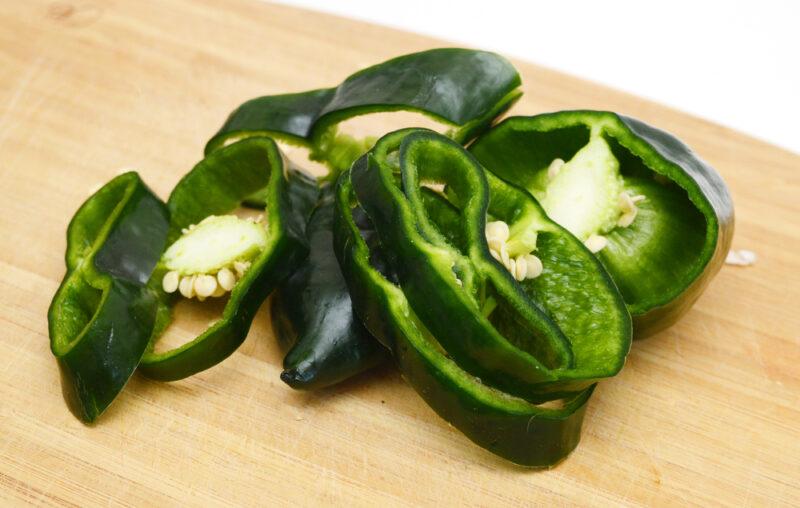
Poblano, or ancho or chile ancho when dried, is a mild chili pepper – though sometimes it can unpredictably contain significant heat as well. It’s very dark green in color which turns to dark red or brown when ripe. It has a mild slightly sweet flavor that tastes noticeably hotter as they ripen. It’s one of the most popular peppers used in Mexican and Tex-Mex cooking.
Poblano peppers are packed particularly high in vitamin C and are a good source of vitamin A. It also contains potassium, riboflavin, and iron. Aside from fiber, it’s also rich in antioxidants such as carotenoids and capsaicin. It’s good for boosting the immune system and may also help in fighting pain and inflammation and lowering the risk of cancer.
Tomatillos

Tomatillos, also known as the Mexican husk tomato, is a spherical green fruit with a papery outer covering belonging to the nightshade family. It resembles a small tomato and is sometimes called Mexican tomato, husk tomato, or ground cherry. It has a sweet, tart, and slightly fruity and earthy taste. In addition, it can also tend to be quite acidic when raw. They’re great for salsas, salads, soups, or garnishing.
Tomatillos contain vitamin C, vitamin K, niacin, zeaxanthin, lutein, and fiber. It may help in regulating blood pressure, fighting against free radicals, reducing the risk of cancer, supporting weight loss, preventing vision loss, and improving arthritis symptoms.
Quick and Easy Mexican Veggie Dish
Chayote with Tomato and Green Chile
If you’re thinking chayote doesn’t taste much, then this recipe is a must-try for you. The vegetable is beautifully flavored with chilis, cilantro, and a handful of grated cheese. And don’t fret, because it’s super easy to make.
Loaded Stuffed Jalapenos
For a quick, delish, and spicy snack or appetizer, these stuffed jalapenos would be perfect! It’s very simple to make and will be ready in a jiffy. Try to source the Mexican chorizo as much as possible for a more authentic Mexican taste.
Nopales a la Mexicana
If you haven’t tried nopales yet, then perhaps it’s about time. This dish involves the Mexican cooking trinity of tomato, onion, and pepper with the addition of a few more ingredients to level up its flavor.
Mexican Lime Soup
We all crave sometimes for a bowl of soothing and comforting soup – either to warm ourselves during cold months or to simply drown the stress away and calm ourselves. This chicken soup is perfect for either – it’s refreshing and warming at the same time.
Tomatillo Salsa Verde
Because how can you say no to a Mexican green salsa, right? This recipe actually shows three methods on how to do it – oven roasting, pan roasting, and boiling method. However, you choose to make yours, don’t worry because it’ll still taste delicious just the same.
















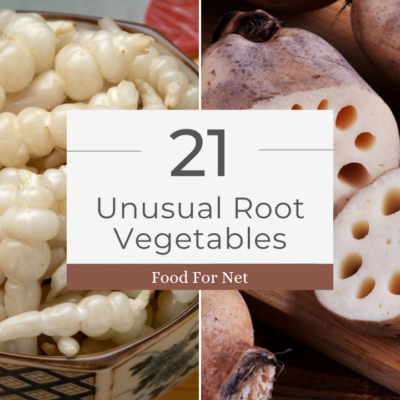
 Are Olives Good For You?
Are Olives Good For You?
Leave a Reply